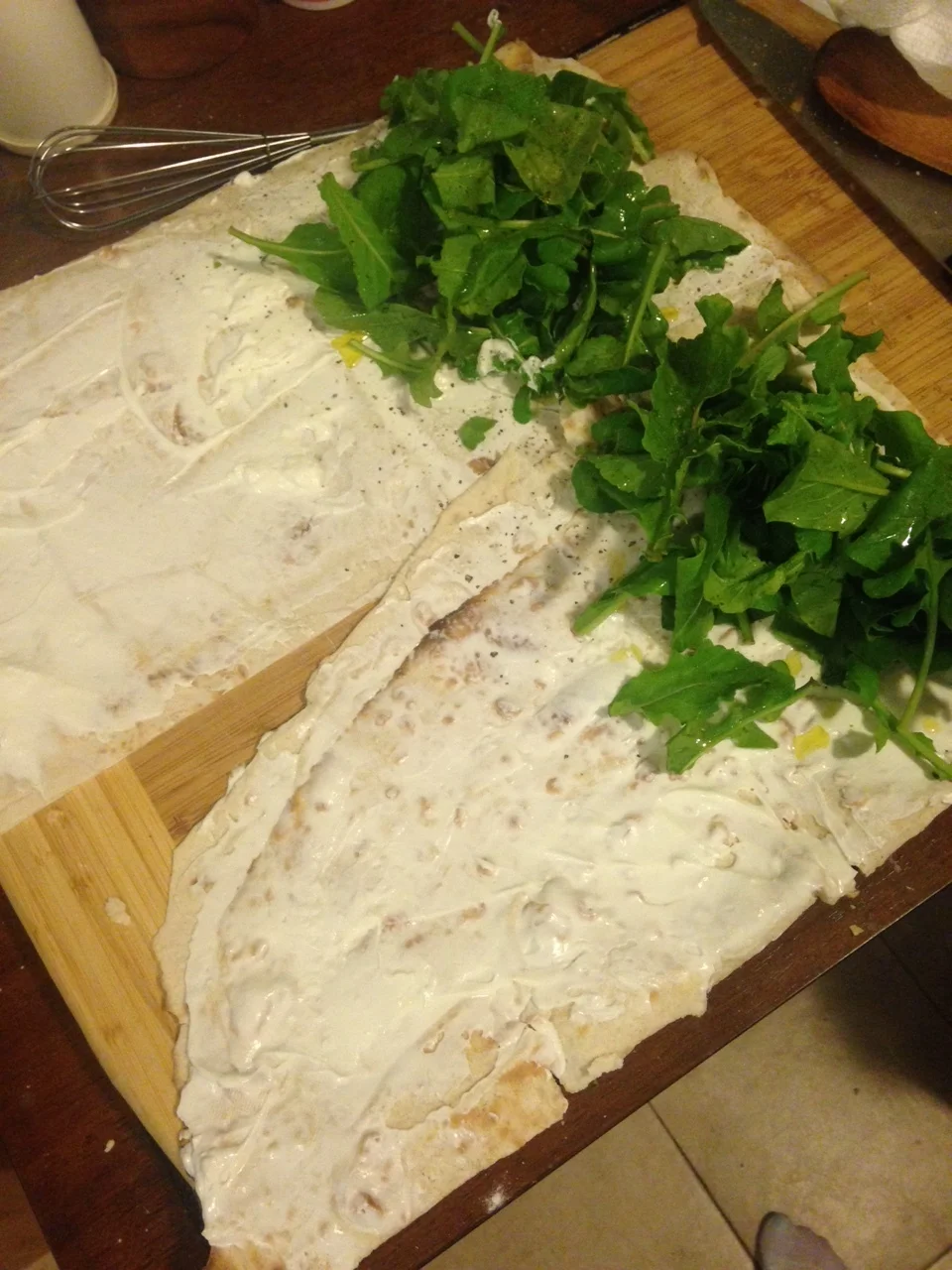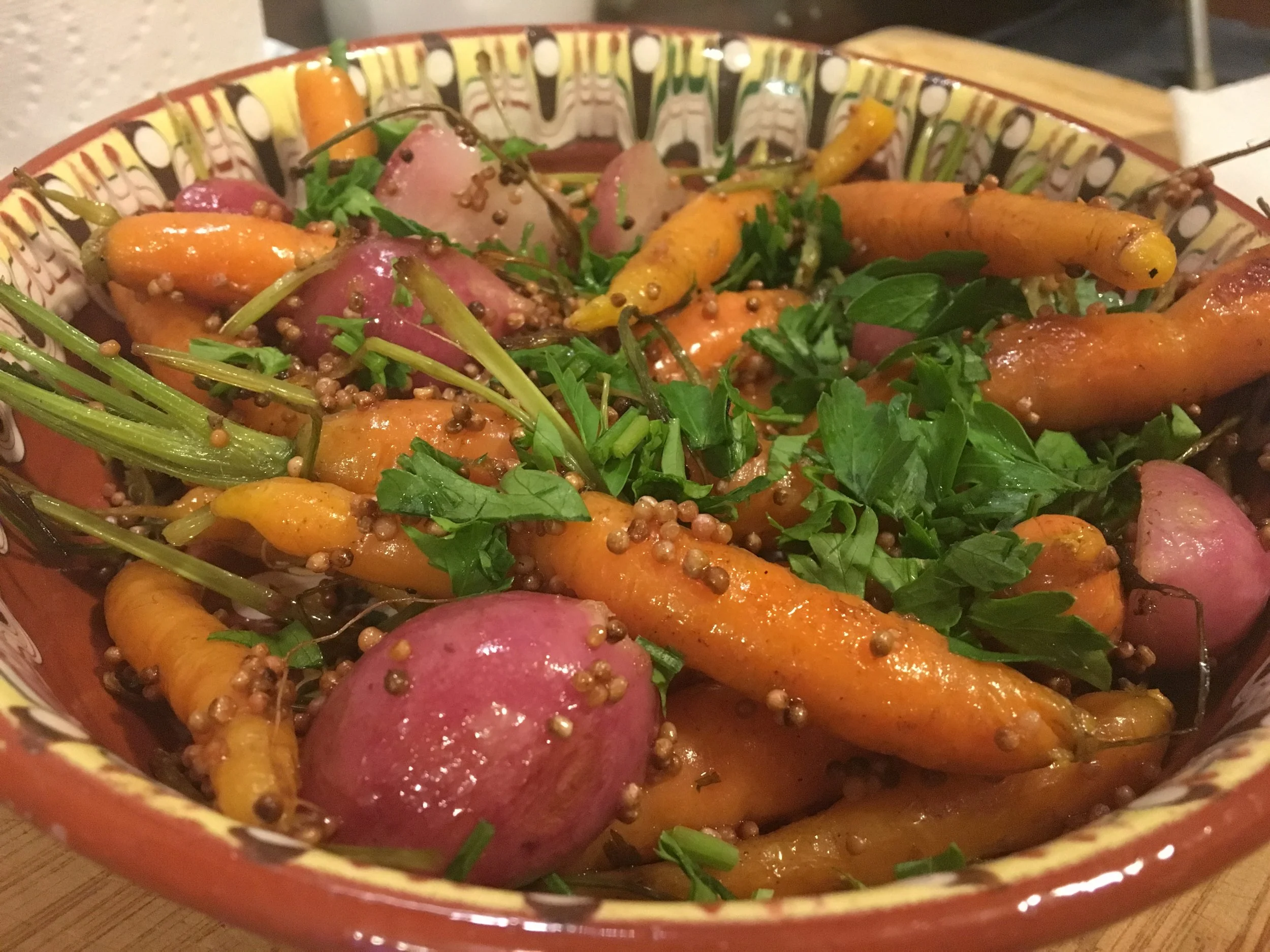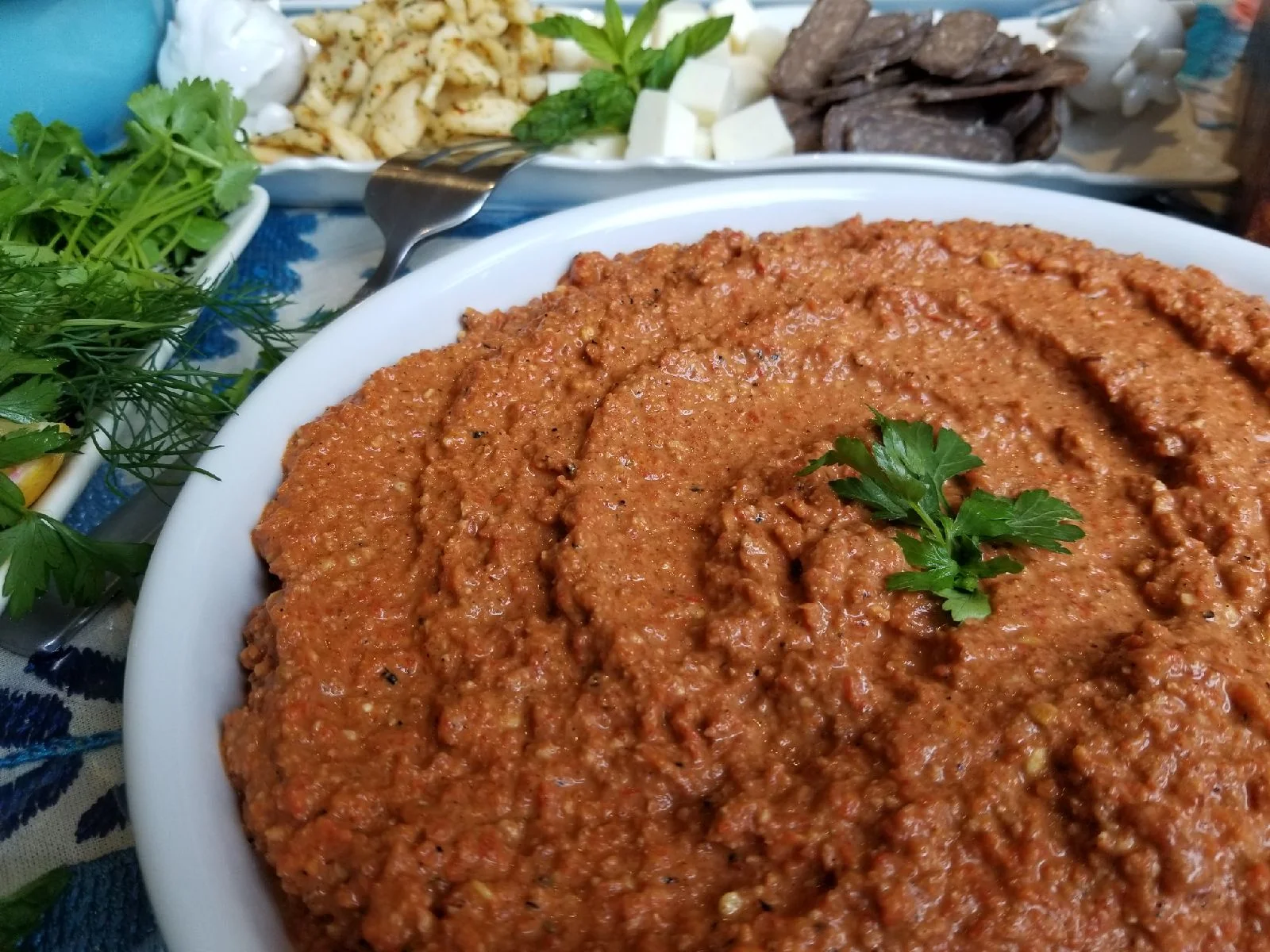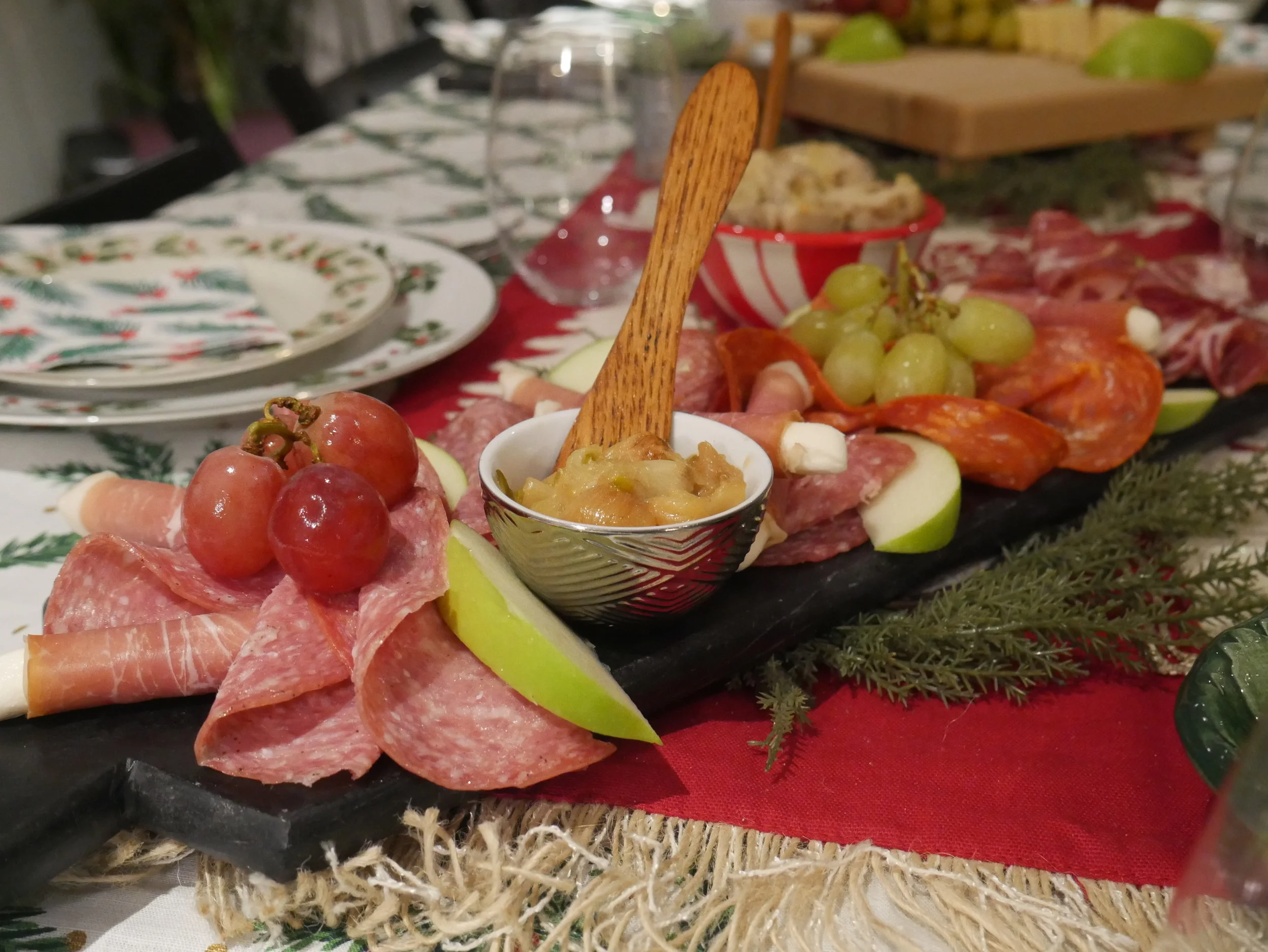Scenes from Armenia: Garni and The Third Plate

In recent news, NASA announced that traces of water were discovered on Mars, appearing in dark striations along Garni Crater. The crater was given its name on April 24th, 2015, dually meaningful for Armenians. Not only was this the date of the Armenian Genocide Centennial but the name itself comes from an ancient Armenian village. Garni is the perfect namesake, with its landscapes characterized by beautiful gorges and valleys and the site of its famous Temple of Garni having been the grounds for the royal bath.
Our visit to Garni took place on Jon’s birthday, my favorite day of our two-week trip. I’ll always cherish that day spent rekindling my friendship with Perchuhy, a childhood friend from Armenian school who I hadn’t seen in nearly twenty years, and beginning a new phase of friendship with her, not only as adults, but also with the remarkable adventurous people we’ve each chosen to spend our lives with.
One of my best memories of that day is, of course, lunch. This meal typifies everything I loved about the food we ate in Armenia: fresh, local, lovingly homemade, and delicious. On our way out of the temple grounds, we passed these stalls full of women selling home-baked pastries, jars of fresh preserves, and long ropes of dried fruits.
We walked away with different flavored fruit leathers, jars of pomegranate and rose preserves, and a huge round of sweet bread called katah filled with a flour, butter, and sugar mixture called koritz. Each purchase resulted in another woman beckoning us over with a look that said, “You bought something from her, now how about something of mine?”
After sampling all those amazing sweets, we happened upon a taverna near the foot of the temple grounds, where we were seated at an outdoor table overlooking the gorge.
We had a perfectly simple meal of good bread, fresh tomato salad, a delicious homemade cheese, fried potato slices, and khorovadz (barbecued) chicken and vegetables. I still daydream about that cheese, smooth and creamy like a goat cheese but with the saltiness of a feta. I’ll have to take a visit to Astoria Bier and Cheese soon and see if they can recommend me anything that might compare.
Along with our meal, we tried a rich and tart juice from a local fruit that the bottle called “sea-buckthorn.” We looked it up on the Internet and found it’s also called “hippophae,” a plant that bears these orange berry-like fruits the size of cherry tomatoes, with a taste I found somewhere between mango and apricot.
Jon and I were actually given some more the next day when we visited a small home-based publishing house and bookshop called Ankyunacar (Armenian for cornerstone), run by a kind older married couple. A friend had put me in touch with the Grigoryans because they are the only distributors of the Armenian translation of Harry Potter and the Sorcerer’s Stone, which I just had to have. They sat us down for a glass of hippophae juice and a sweet yet clunky bilingual conversation about publishing in Armenia vs. the United States. I left with my now-treasured copy of Harry Potter and a much-needed Armenian-to-English pocket dictionary to help me navigate the foreign linguistic waters of the Eastern Armenian dialect.
I’m currently reading Dan Barber’s The Third Plate: Field Notes on the Future of Food about the endlessly complex and troubling state of food and agriculture today, a Pollan-esque manifesto but from a chef’s perspective. The Third Plate is Barber’s symbolic vision of the American meal based not on a giant slab of meat surrounded by a few vegetables or grains, but by a reversed proportion where fresh produce takes center stage, benefiting not only our health but also the health and sustainability of our food industry and by extension, our environment.
Before visiting Armenia, I thought it would be really hard for us to find things for Jon to make into a meal, even practicing how to tell people “My husband is a vegetarian” in Armenian. It’s hard to shake the conception of Armenian food having a heavy focus on meat, but it actually took me days to even have a non-vegetarian meal during our trip. For the most part, I ate a version of the Third Plate: vegetables, salads, piles of herbs, cheeses, and my favorite, yogurt soup, occasionally with some khorovadz on the side. Isn’t it time we rethink the star of the plate?


















